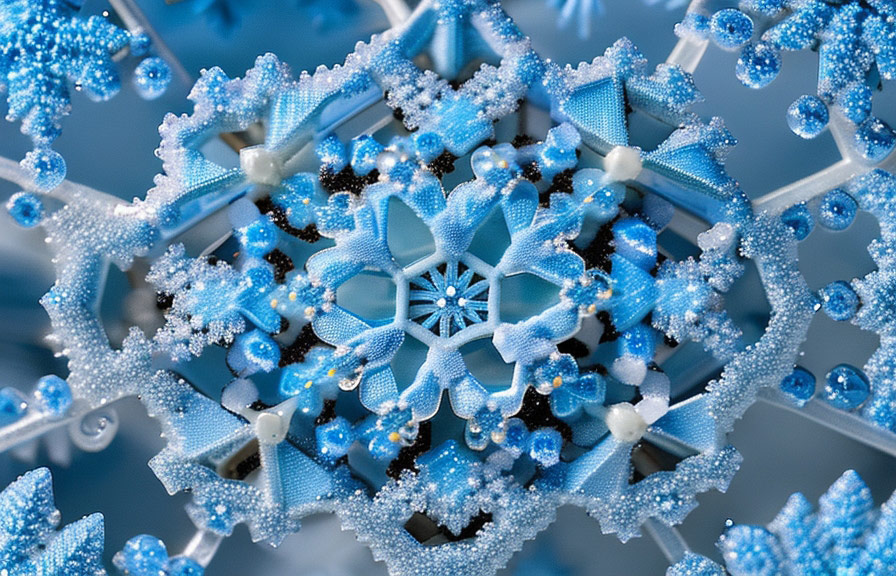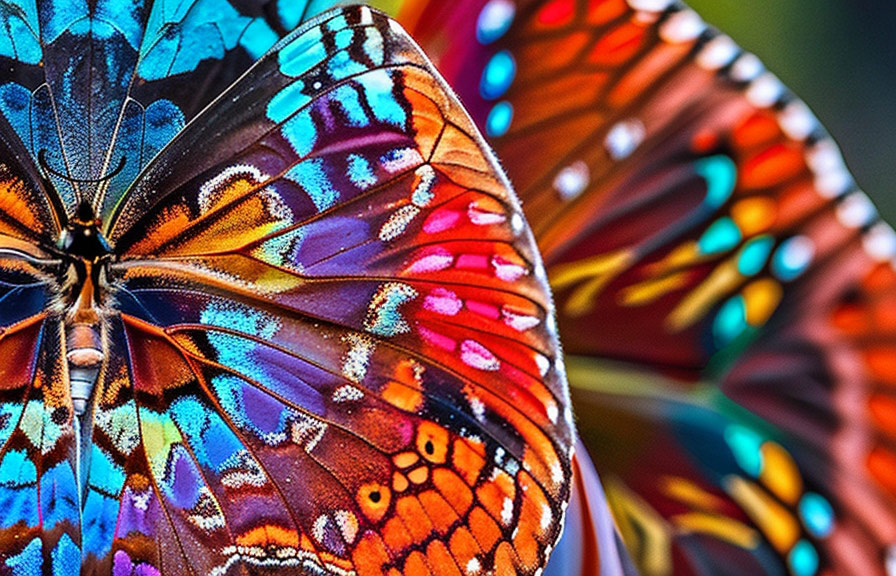Have you ever marveled at the intricate details of a snowflake or been captivated by the vibrant colors of a butterfly's wings? these minuscule wonders are often overlooked, but with the right equipment, you can delve into the fascinating world of macro photography and uncover the hidden beauty of the
Natural world. in this post, we'll explore how to find and photograph captivating macro subjects, and delve into the best cameras and lenses for macro photography.

Fun fact: did you know that some jumping spiders can see better than a human? with their large, forward-facing eyes, they possess excellent color vision and can perceive uv light, which helps them in hunting prey and finding mates.
Finding and photographing macro subjects
Macro photography is all about capturing the finer details of small subjects. to get started, you'll need to develop an eye for spotting potential macro subjects. look for interesting textures, patterns, and colors in your environment.
Some common macro subjects include insects, flowers, and everyday objects.
When photographing macro subjects, keep these tips in mind:
1. Lighting: adequate lighting is essential for bringing out the details in your macro photos. natural light is often the best option, but if it's not available, you can use a flash or an led light source.
To avoid harsh shadows, consider using a diffuser or reflector.
2. Stability: when shooting at high magnifications, even the slightest camera shake can ruin a shot. use a tripod or other stabilization device to keep your camera steady during long exposures.
3. Depth of field: macro photography often results in a shallow depth of field, which can lead to blurry images. to counteract this, use a smaller aperture (higher f-stop number) to increase the depth of field.
You may also consider focus stacking, a technique that combines multiple images taken at different focus distances to create a single sharp image.
4. Patience: macro photography requires patience, especially when photographing live subjects like insects. be prepared to spend time observing your subject and waiting for the perfect moment to capture a stunning shot.
Best cameras for macro photography
When it comes to macro photography, not all cameras are created equal. some models are specifically designed with features that make it easier to capture stunning close-up shots. here are some of the best cameras for macro photography:
1. Canon eos 5d mark iv: this full-frame dslr offers a 30.4-megapixel sensor, exceptional image quality, and fast autofocus performance. its live view mode also allows for precise manual focusing, making it a popular choice among macro photographers.
2. Nikon d850: with a 45.7-megapixel sensor, the nikon d850 is a reliable choice for detail-oriented macro photography. its excellent dynamic range and low-light performance allow for incredible image quality, while the focus peaking feature makes manual focusing a breeze.
3. Sony a7r iv: this mirrorless camera boasts a whopping 61-megapixel sensor, making it ideal for capturing the finest details in macro subjects. the a7r iv also offers in-body image stabilization and a focus peaking feature, both of which are useful for macro photography.
4. Fujifilm x-t4: as a compact mirrorless camera with a 26.1-megapixel sensor, the fujifilm x-t4 delivers stunning image quality. the camera's in-body image stabilization and focus bracketing features make it a great option for macro enthusiasts.
5. Olympus om-d e-m1 mark iii: this micro four-thirds camera features a 20.4-megapixel sensor and a high res shot mode that can produce 50-megapixel images. its pro capture mode, focus stacking, and in-body image stabilization make it a strong contender for macro photography.
Best lenses for macro photography
The right lens can make all the difference in capturing breathtaking macro photos. here are some of the top lenses for macro photography:
1. Canon ef 100mm f/2.8l macro is usm: this versatile lens offers a 1:1 magnification ratio and features image stabilization, making it perfect for handheld macro photography.
2. Nikon af-s vr micro-nikkor 105mm f/2.8g if-ed: this popular lens provides a 1:1 magnification ratio and vibration reduction, ensuring sharp, detailed images.
3. Sony fe 90mm f/2.8 macro g oss: with a 1:1 magnification ratio and built-in image stabilization, this lens is a top pick for sony mirrorless camera users.
4. Fujifilm xf 80mm f/2.8 r lm ois wr macro: this lens offers a 1:1 magnification ratio and features optical image stabilization, making it an excellent choice for fujifilm x-series camera users.
5. Olympus m.zuiko digital ed 60mm f/2.8 macro: designed for micro four-thirds cameras, this lens boasts a 1:1 magnification ratio and a compact design, making it perfect for on-the-go macro photography.
Little-known fact: some macro lenses, like the laowa 24mm f/14 2x macro probe, feature a unique design with an elongated, tubular barrel. this allows photographers to get incredibly close to their subjects without casting shadows or disturbing them, making it ideal for shooting insects and other skittish subjects.
With the right camera, lens, and a keen eye for detail, you can unlock the hidden world of macro photography and bring the wonders of the miniature universe to life. whether you're a seasoned professional or a curious beginner, there's always something new to discover and marvel at through the lens
Of a macro camera. so go ahead, delve into the mesmerizing world of macro photography, and magnify the wonders around you.
